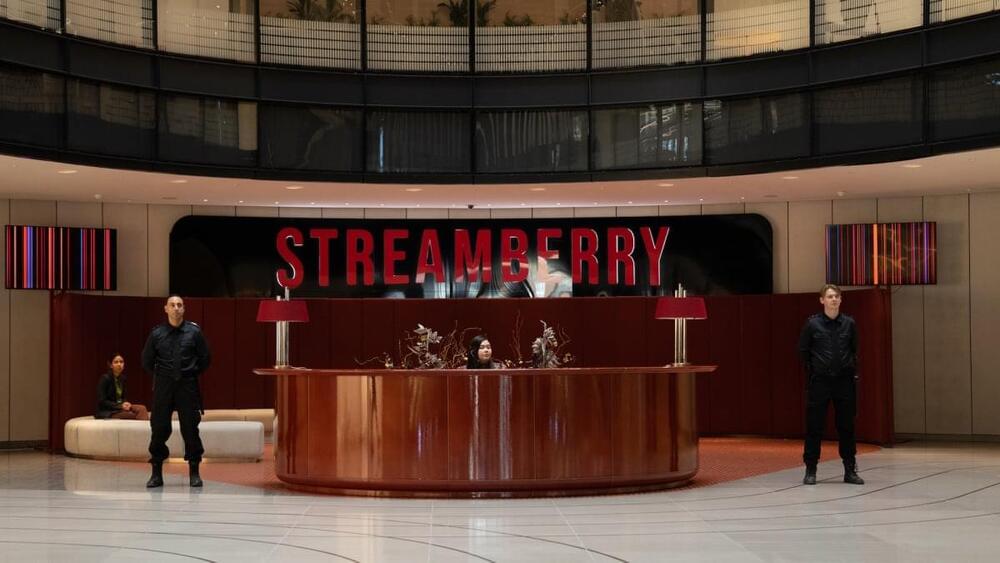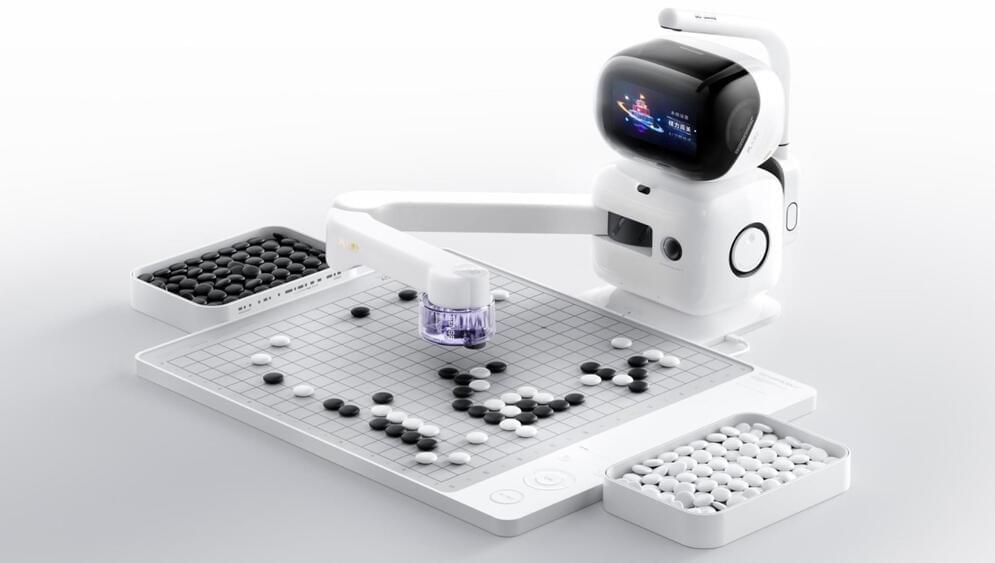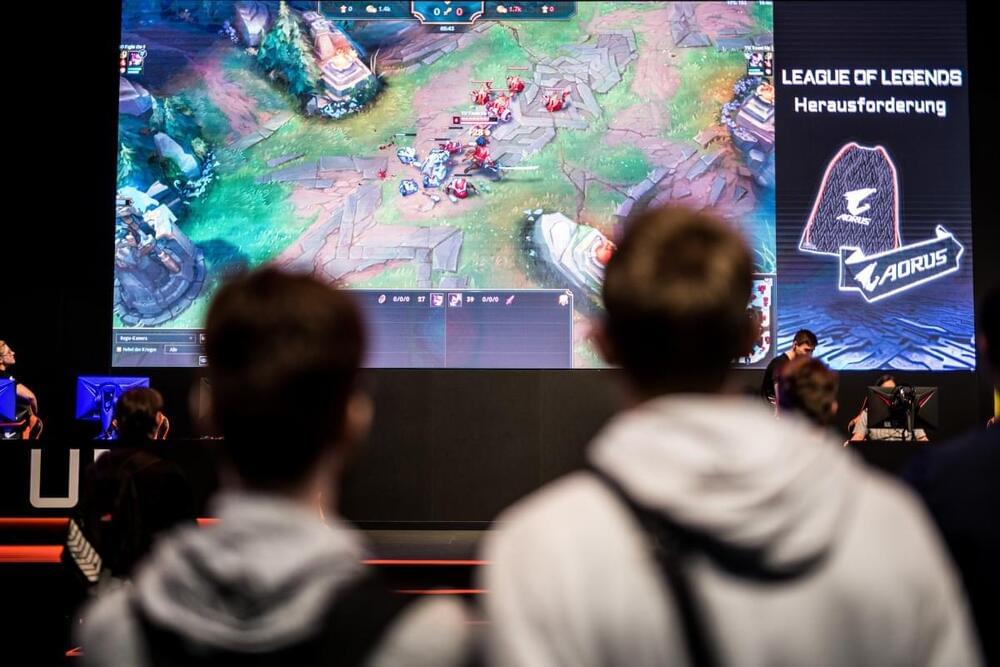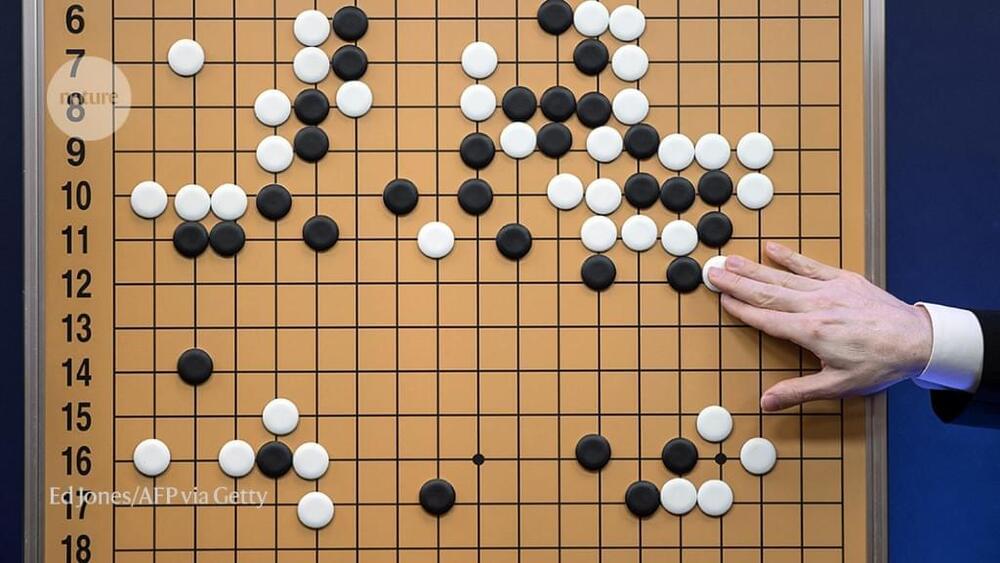Android manufacturers tend to love big spec sheets, even if those giant numbers won’t do much for day-to-day phone usage. In that vein, we’ve got the new high-water mark for ridiculous amounts of memory in a phone. The new Nubia RedMagic 8S Pro+ is an Android gaming phone with an option for 24GB of RAM.
The base model of the RedMagic 8S Pro+ starts with 16GB of RAM, but GSMArena has pictures and details of the upgraded 24GB SKU, which is the most amount of memory ever in an Android phone. Because we’re all about big numbers, it also comes with 1TB of storage. Keep in mind a 13-inch top-spec M2 MacBook Pro has 24GB of RAM and 2TB of storage, and that’s a desktop OS with real multitasking, so Nubia is really pushing it. This suped-up 24GB version of the phone appears to be a China-exclusive, with the price at CNY 7,499 (about $1,034), which is a lot for a phone in China.
You definitely want an adequate amount of RAM in an Android phone. All these apps are designed around cheap phones, though, and with Android’s aggressive background app management, there’s usually not much of a chance to use a ton of RAM. Theoretically, a phone like this would let you multitask better, since apps could stay in memory longer, and you wouldn’t have to start them back up when switching tasks. Most people aren’t quickly switching through that many apps, though, and some heavy apps, games especially, will just automatically turn off a few seconds once they’re in the background.








